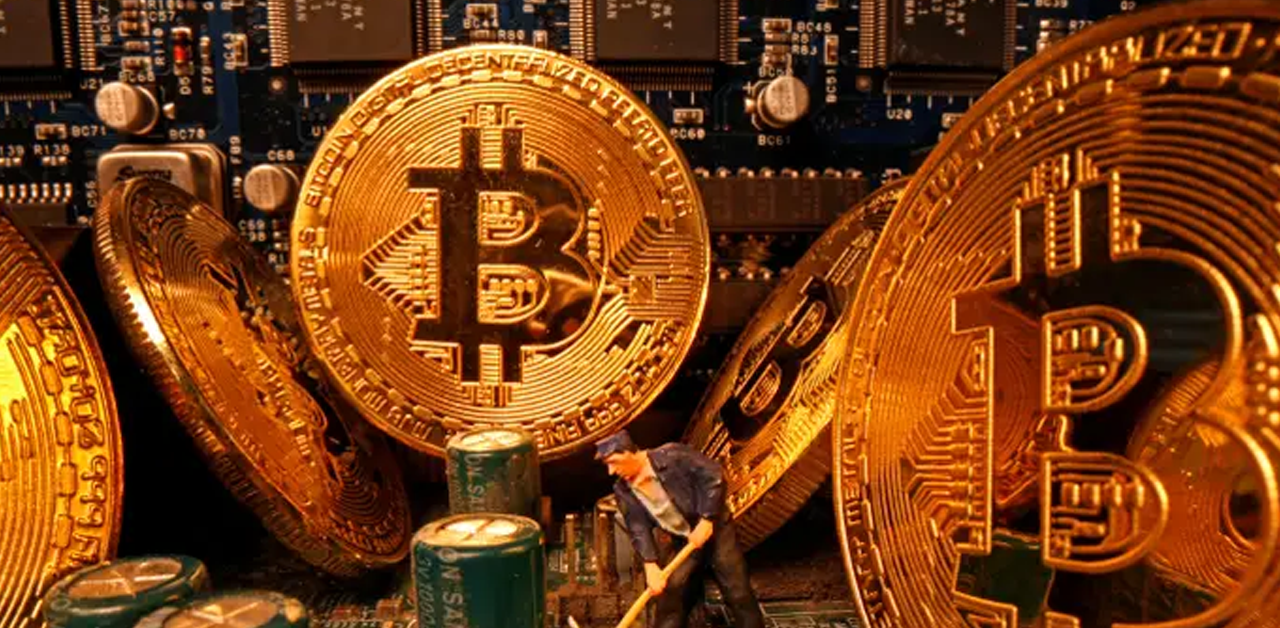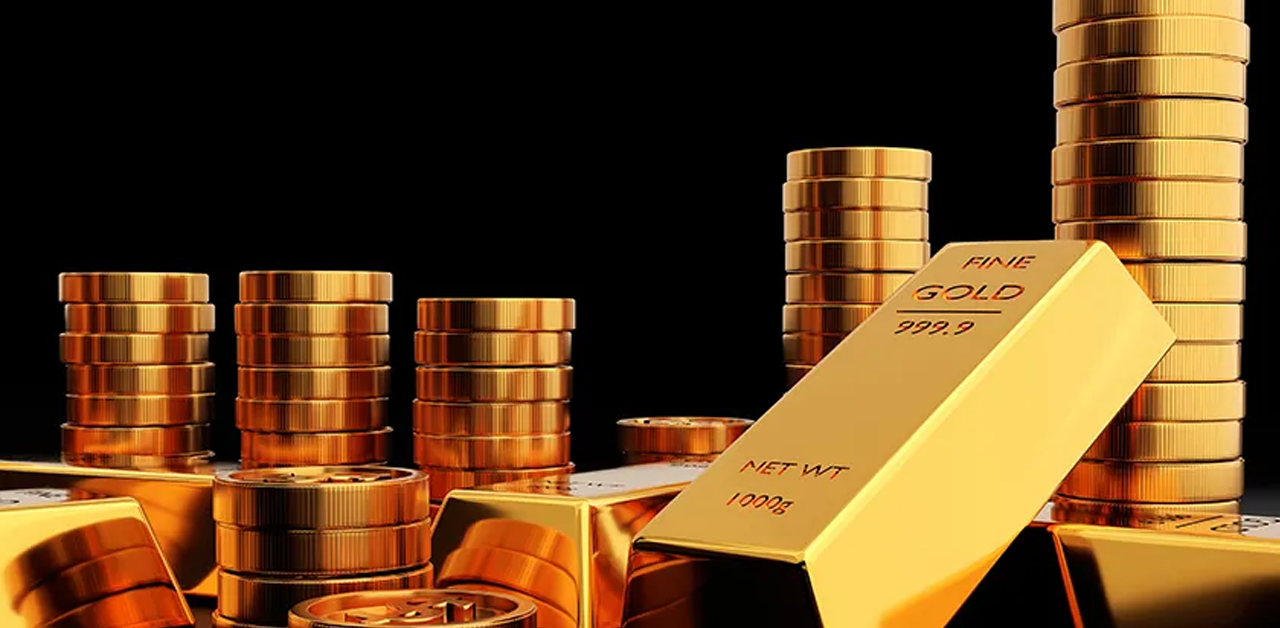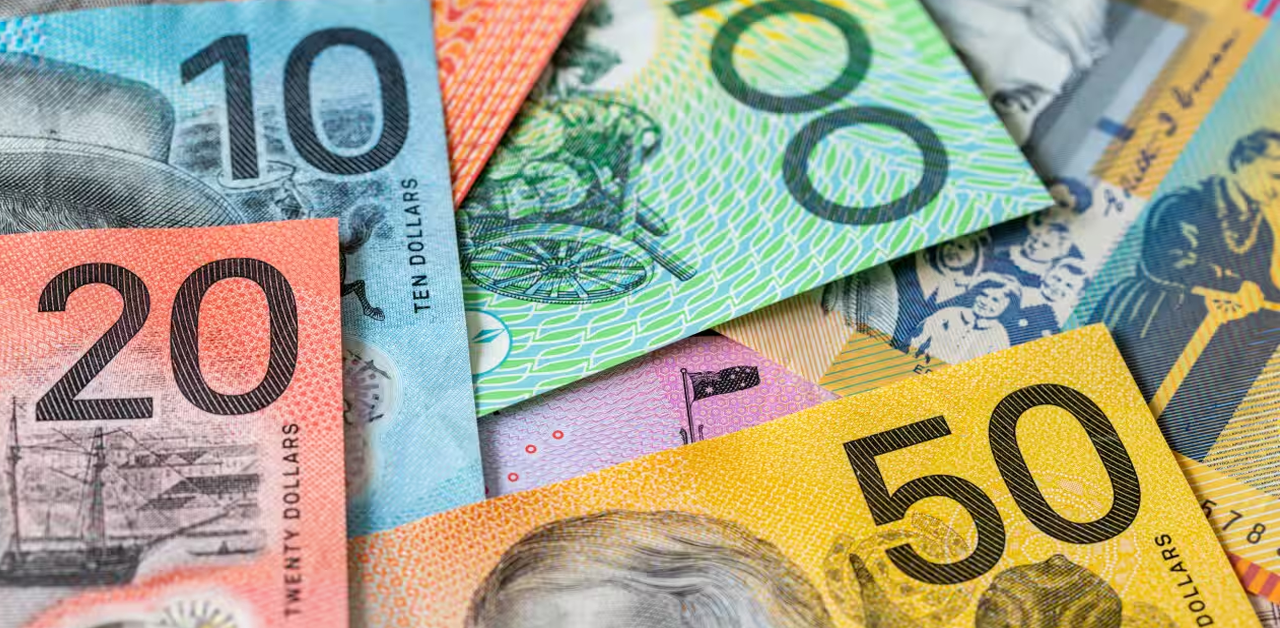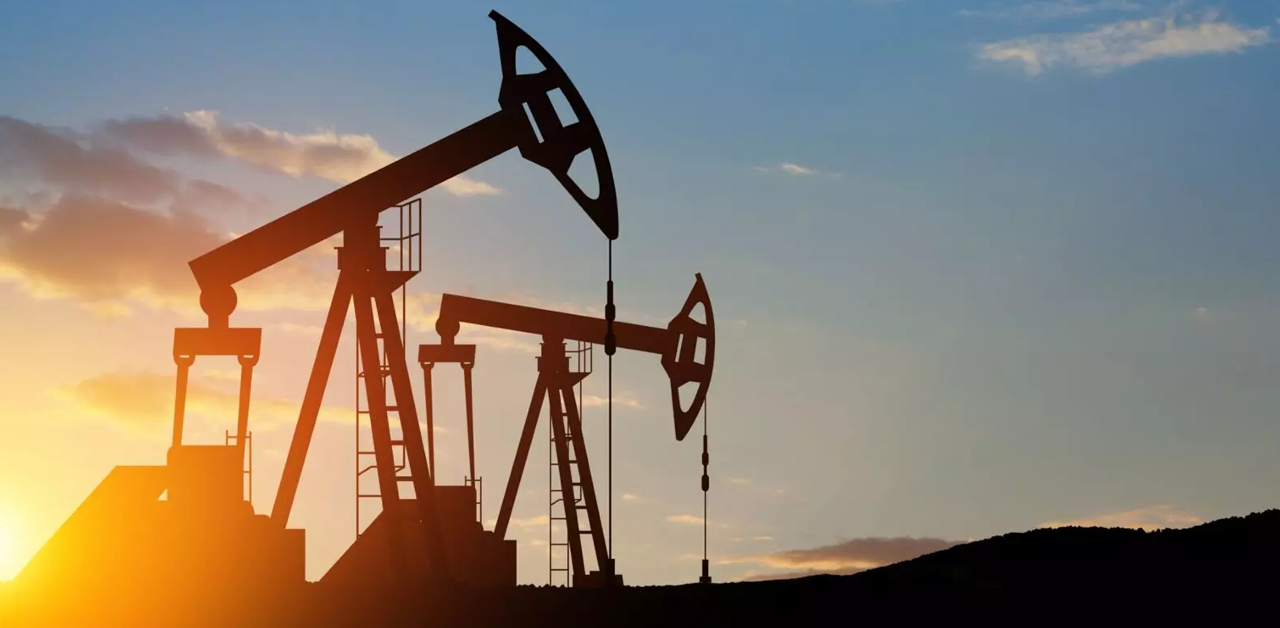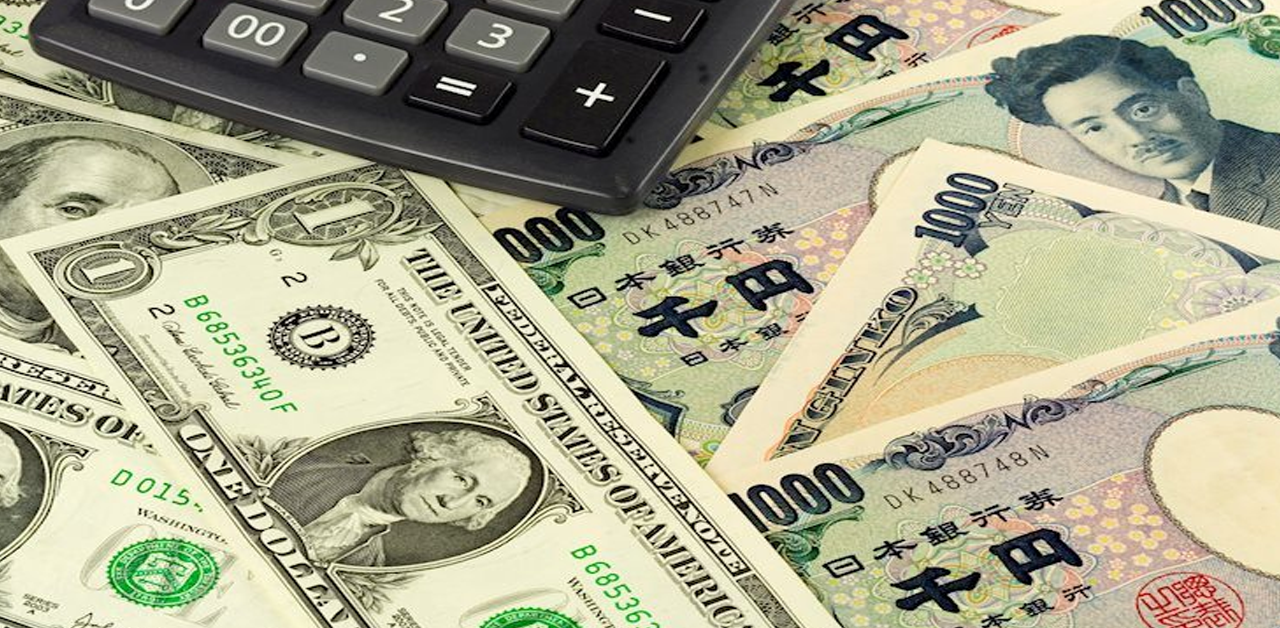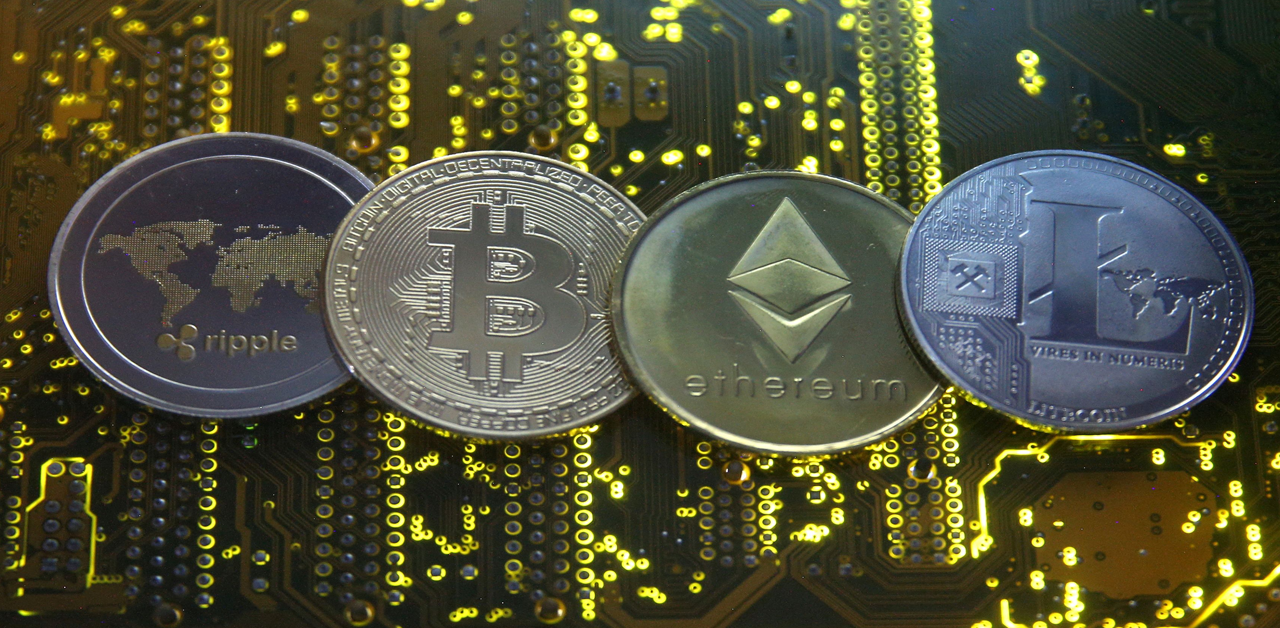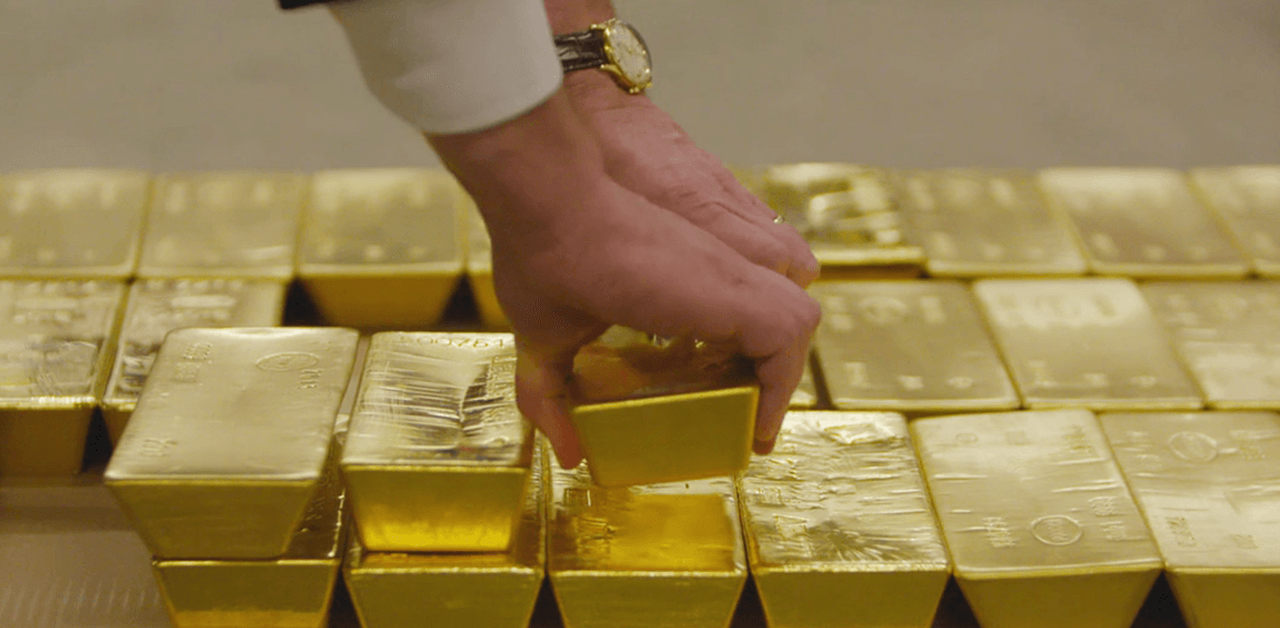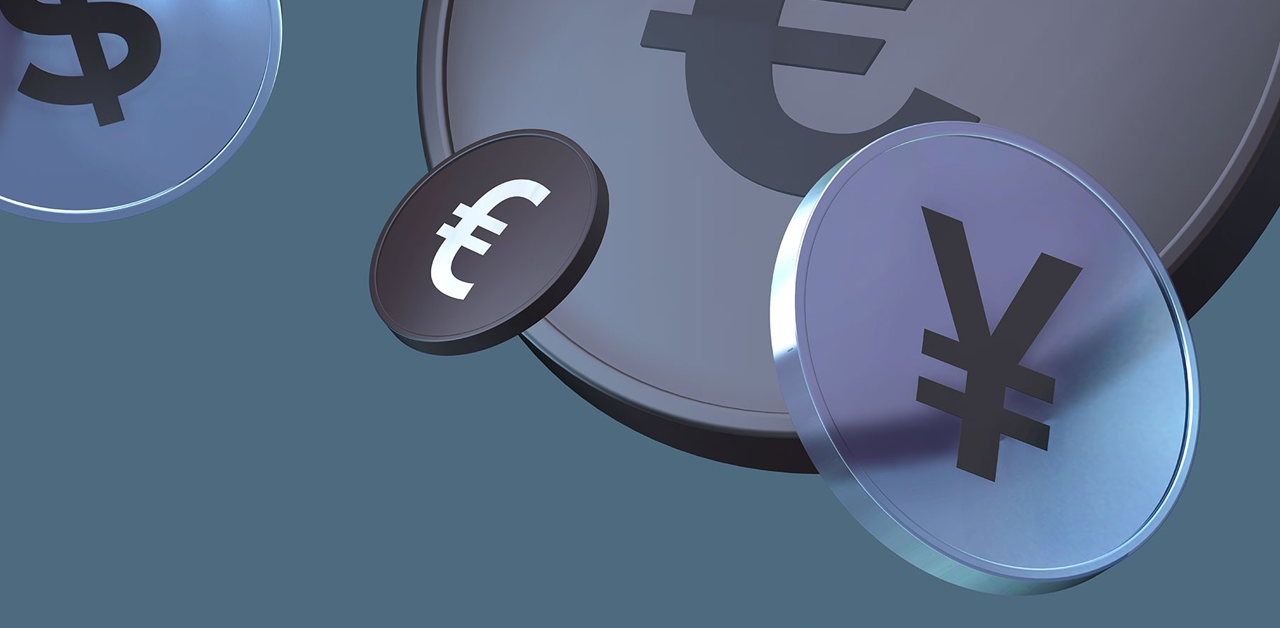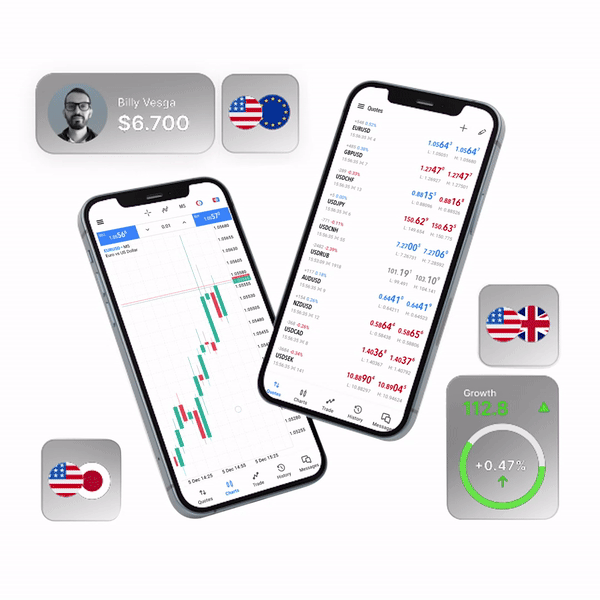Gold prices increase as ban on new Russian imports
Gold prices rose on Monday as speculation grew that some Western countries could formally forbid the import of the metal from Russia in response to that country’s invasion of Ukraine. By 0231 GMT, spot gold increased 0.5 percent to $1,835.58 per ounce. At $1,836.30, U.S. gold futures were up 0.3 percent. The G-7’s import embargo on Russian gold appears to be giving early Asian markets some short-term assistance.
“However, in practise for the grouping, it is largely a rubber stamp exercise, and I do not expect this to reflect a structural change in the supply/demand outlook that will underpin pricing.” In an effort to put more pressure on Moscow and eliminate its sources of funding for the invasion of Ukraine, four of the wealthy Group of Seven (G-7) countries decided to outlaw the import of Russian gold on Sunday. According to Stephen Innes, managing partner at SPI Asset Management, “the headline will be rapidly absorbed, and the market should return to its tug of war between higher front-end rates, negative for gold, and recession odds suggesting sooner rate reduction, positive for gold.”
Even as markets hailed economic data showing inflation expectations to be less worrying than initially thought, a couple of U.S. central bankers indicated on Friday they favoured future strong rate hikes to curb rapid price increases. Although gold is regarded as an inflation hedge, owning bullion, which pays no interest, has a higher opportunity cost as interest rates rise. Overall, gold is still stuck in the $1,780-$1,880 range that has been in place since early May. To change this dynamic, Halley added, the U.S. dollar must make a significant directional shift.
Spot silver increased 1.2 percent to $21.36 an ounce, platinum increased to $912 and palladium increased to $1,886.65 respectively.

